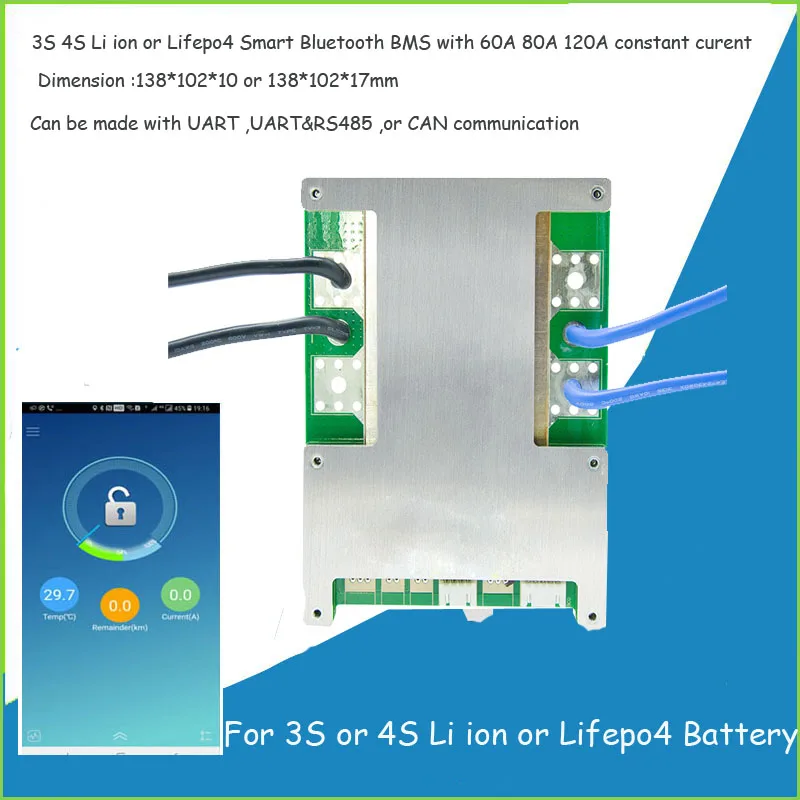CitizenCane
New Member
- Joined
- Jul 5, 2020
- Messages
- 11
I'm about to pull the trigger on 8 of these bad boys from Dongguan Billion Electronic Technology for $830 shipped to Australia.
They are $60 cheaper than Dongguan Lightning and $90 cheaper than Shenzhen Xuba, for what seems like identical cells.
Haven't found any bad buyer experiences from a search of these forums.
- Is there any reason I should be aware of to NOT buy from Dongguan Billion?
Also. one thing I've noticed trawling through listings on Alibaba is, there seems to be quite the discrepancy in the quoted Cycle Life of identical spec'd batteries.
They vary from "Cycle life: 2000 Times" to "Cycle life: >4000 times".
EG: These batteries list a Cycle Life of only 2500 times (1000 less than the ones I am about to buy from Dongguan Billion)
- Are these just numbers the sellers are pulling from thin air or is there a reason why some are double the cycle life of others?
Lf280 3.2v Lifepo4 High Capacity 280ah Rechargeable Batteries Lipo4 Battery Bank Prismatic Cell For Energy Storage Solar Ev Car - Buy Lf280 3.2v 280ah Rechargeable Lithium Battery,3.2v 280ah Lifepo4 Battery Cell,Lifepo4 3.2v Prismatic Cell Product on
Lf280 3.2v Lifepo4 High Capacity 280ah Rechargeable Batteries Lipo4 Battery Bank Prismatic Cell For Energy Storage Solar Ev Car - Buy Lf280 3.2v 280ah Rechargeable Lithium Battery,3.2v 280ah Lifepo4 Battery Cell,Lifepo4 3.2v Prismatic Cell Product on Alibaba.com
www.alibaba.com
They are $60 cheaper than Dongguan Lightning and $90 cheaper than Shenzhen Xuba, for what seems like identical cells.
Haven't found any bad buyer experiences from a search of these forums.
- Is there any reason I should be aware of to NOT buy from Dongguan Billion?
Also. one thing I've noticed trawling through listings on Alibaba is, there seems to be quite the discrepancy in the quoted Cycle Life of identical spec'd batteries.
They vary from "Cycle life: 2000 Times" to "Cycle life: >4000 times".
EG: These batteries list a Cycle Life of only 2500 times (1000 less than the ones I am about to buy from Dongguan Billion)
Xld Prismatic Size 3500 Cycle Rechargeable Lithium 3.2v 280ah Lifepo4 Bateria 280ah - Buy Battery 280ah,Battery Lithium 280ah,3.2v 280ah Lifepo4 Bateria Product on Alibaba.com
Xld Prismatic Size 3500 Cycle Rechargeable Lithium 3.2v 280ah Lifepo4 Bateria 280ah - Buy Battery 280ah,Battery Lithium 280ah,3.2v 280ah Lifepo4 Bateria Product on Alibaba.com
www.alibaba.com
- Are these just numbers the sellers are pulling from thin air or is there a reason why some are double the cycle life of others?





